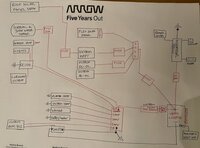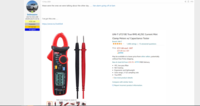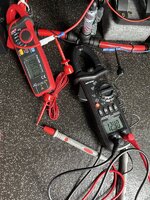OK, so something between 1.5bar and 3Bar.from above re accumulator/expansion tank:
What pressure should it is set to?
Our tanks come pre pressurised to go with the calorifier. If you need to change this then it should be set to a pressure above your pump pressure but below the pressure release valve cut out pressure. This is very important or the expansion tank wont work properly.
.
This would indicate that having a pressure in the system above the water pump rated pressure will not be a problem.








